Here’s the thing. I…don’t know a lot. Well, I know a lot…I just don’t know a lot—academically—about making art. I’m not the guy who can write on color theory for a dozen posts straight and never repeat myself. I can’t break down anatomy or tell you how to constructively build a person on a page. And I DEFINITELY have no business telling you about best practices in putting together an oil painting. Consequently, I have always felt very out of place on this art blog.
About the only thing I’m half decent at—sort of—is explaining my thought processes in making the work I make. Unfortunately, due to things like non-disclosure agreements and not being allowed to show certain reference materials, my ability to do this thoroughly for my commercial work is hampered at best. But even if I could show you all that and explain things more deeply, I don’t know how helpful it really is in the long run. After all, we don’t all think the same way and many reading this would likely make VERY different decisions given the information provided.
Additionally, I am self-conscious about my process and I think I do enough things “incorrectly” that I fear passing on bad habits (also, I really don’t want to hear people opining about how I hold a pencil, the paint brand I use, or how big a hack I am). While many artists and illustrators have their process down to a science, my own more resembles a person groping their way through a dark room after having merely glanced at the map before entering. I think I know how to get from point A to point B, but I’m usually wrong and rarely make it without stubbing my toe or throwing my back out along the way.
Most of what I learned in art school I learned through repetition. It wasn’t any kind of formalized technique or process. It was just look at something, draw it. Look at something, paint it. And then repeat that over and over and over until it became second nature. While repetition is great, it’s also the least impressive advice a person can give. Seriously.
Yeah, that thing you did? Do more. Do more until it’s better. And once it’s better, do more until it’s good. And once it’s good, do more until it’s consistently so.
Super lame. But sometimes I feel like that’s all I can really tell you fine folks.
This lack of intelligent things to say has hit home in a new way recently as my niece has been looking into art school. Having been through it, I feel some obligation to impart something of value to her. And of course, I’m long overdue in imparting something value to you all. Telling her (or anyone) to just keep at it doesn’t feel like enough. And it isn’t. So, I’m going to attempt attempt to add a few more things that I think are important, but maybe aren’t really lessons in the traditional sense. Or maybe they are.
Guess we need to add that to the things I don’t know.
Anyway, here’s some stuff to consider. Or not. You do you.
1. Learn to talk about your work.
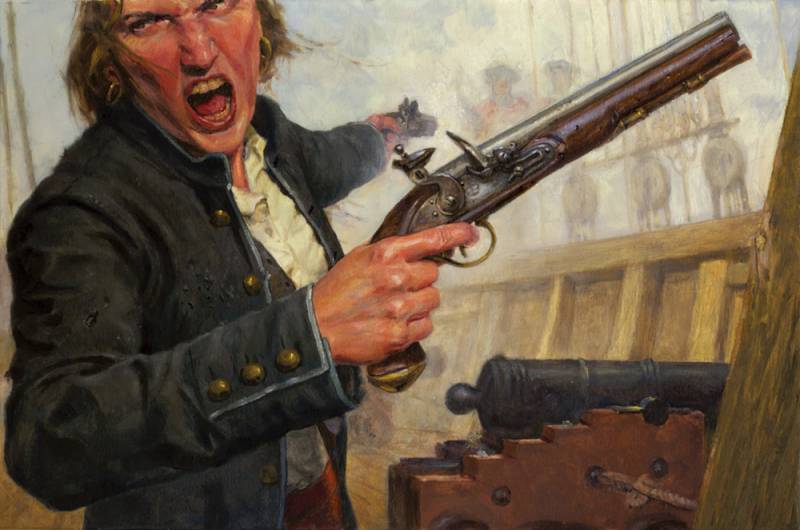
Additionally, out in the world, we may have to explain or defend our work, and we can’t do that effectively without being able to talk about it first. The sooner one starts practicing and breaking ones’s own efforts down, the better off they’ll be down the road.
Another benefit I’ve experienced from talking about my work is that my feelings toward it become a little less complicated, a little less tangled. I can more easily separate how I feel about a piece from the piece itself. It’s allowed me both to hate my own work a little less and—weirdly—has also made it easier to sell my work because I’m a less attached. Admittedly, though, that might just be a me thing rather than a universal one. Still, I think there’s inherent value to unpacking our feelings about our work.
2. Develop your eye.
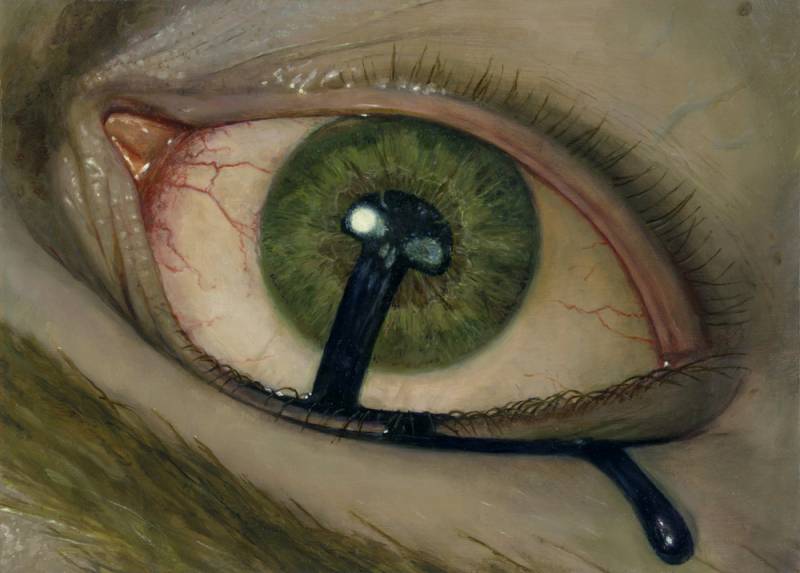
Generally, I think that one’s eye will develop over time and with experience. However, I also believe that we can do things to sharpen our eye all the better. First, I think talking about our work (as suggested above) can really help. Second, talking about other’s work will take that even further. And third, I think it really helps to study great art.
Regardless of who did it, find great art, take some time looking at it, then pick it apart. Diagram it. Follow the lines, analyze the shapes, take in the color. How does the artist guide the viewer’s eye? What do the artists edit? Where do they simplify and where do they tighten up? Take a copy of the image, drag it into Photoshop, draw over it. Where are the sight lines? What is the perspective doing? Where are the hard edges and what do they serve? Now do the softened ones. What about color? How do the colors interact? What are the color choices doing? How do they serve the overall piece?
Looking at bad art and doing the same can sometimes be equally helpful—if only in the respect that one then has to suggest further steps of how to fix what’s not working. Regardless, what one is shooting for is trying to understand how great works are constructed so that one can then utilize those same tools and techniques to their own benefit.
3. Be easy to work with.
Sure, there are exceptions and there are absolutely some people who are VERY difficult to put up with who are super successful in spite of it. However, I don’t know that it’s ever a good idea to assume that one will be among them.
4. If someone offers to help, (maybe) take it.
It has been my experience that folks in this little corner of the illustration world are incredibly generous and I’ve benefited from their generosity more than once. I haven’t always been able to repay that generosity, but I have tried to pass it on in other ways and to other people. I’m not saying we should say yes to every opportunity, but I think there’s value in considering them.
However, definitely feel free to ignore this advice if the offered hand comes with strings attached (especially if they’re super icky strings). But, if someone is genuinely offering to help—be it to get better, to show you how to do something, to introduce you to someone, or to get you work—definitely consider it.
5. Learn to filter…well, everything.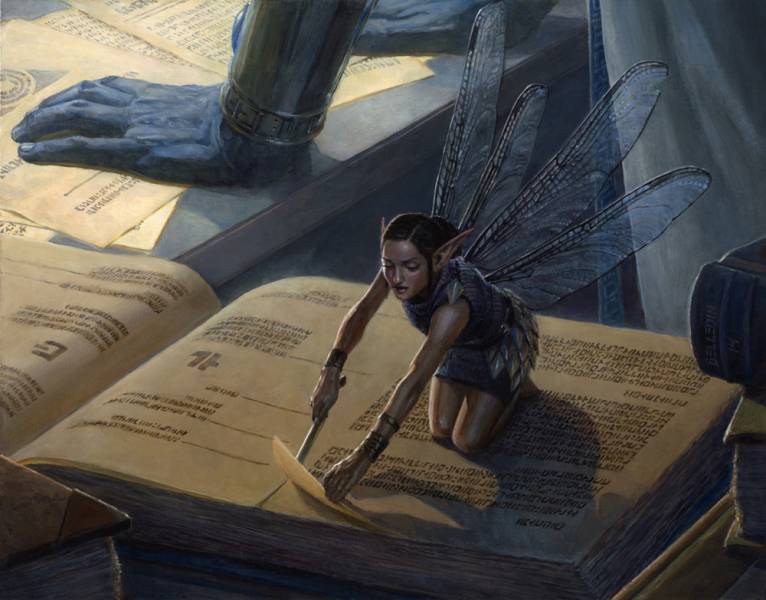
Twice in my college career I was faced with someone seeing how I did things and telling me I was wrong. Midway through my freshman drawing class, a new professor came in and told my entire class that they needed to start over. This new guy was a hardcore Bridgman constructive anatomy guy. The previous professor (and every other teacher I’d encountered before) was not. And this new professor tried to slam on the breaks and steer us all in a completely new direction that none of us were familiar with. The result was frustrating and at times enraging, and for some of my classmates it became destructive (ironically) to their progress as artists. Several semesters later, I had a painting teacher that explained to me that he felt that I was doing everything wrong, but he went on to tell me that he felt that any attempt to correct me would cause more harm than good. Since I was still reaching the destination, there was no reason to pull a U turn.
Long story short, some of the things we learn aren’t going to apply to us all in the long run. In some cases only parts of lessons will apply. Just as there are many ways to tie a shoelace, eventually each of us settle into our own ways of doing things. That doesn’t mean we’re stuck doing things that one way—not at all. But sometimes we have to decide whether to scrap what we knew and start over, or ignore the new stuff and plow ahead.
Anyway…(again)…
All of the above feel like inadequate explanations of the things rolling around in my head, and I have serious doubts about their helpfulness. It’s also likely that each of the numbers above are deserving of their own post. Whatever the case, I have struggled with this post. In fact, it’s the first post I ever wrote for Muddy Colors, and I’ve repeatedly tried to rewrite and reconfigure it, for three years to no avail. I guess in some ways it’s fitting that this mess is among my final posts as a regular contributor (at least for now). But there are some things above I really believe in and are foundational to my life as an artist and illustrator.
For the curious, I’m not moving on for any great and wondrous reason. I just kind of need the time back. Hopefully they’ll still let me on here to occasionally drop a nugget or two, maybe do some more interviews, but my work has to come first right now and I look forward to a bit of a breather.
It’s been a real privilege and a pleasure. As always, be kind to yourselves.


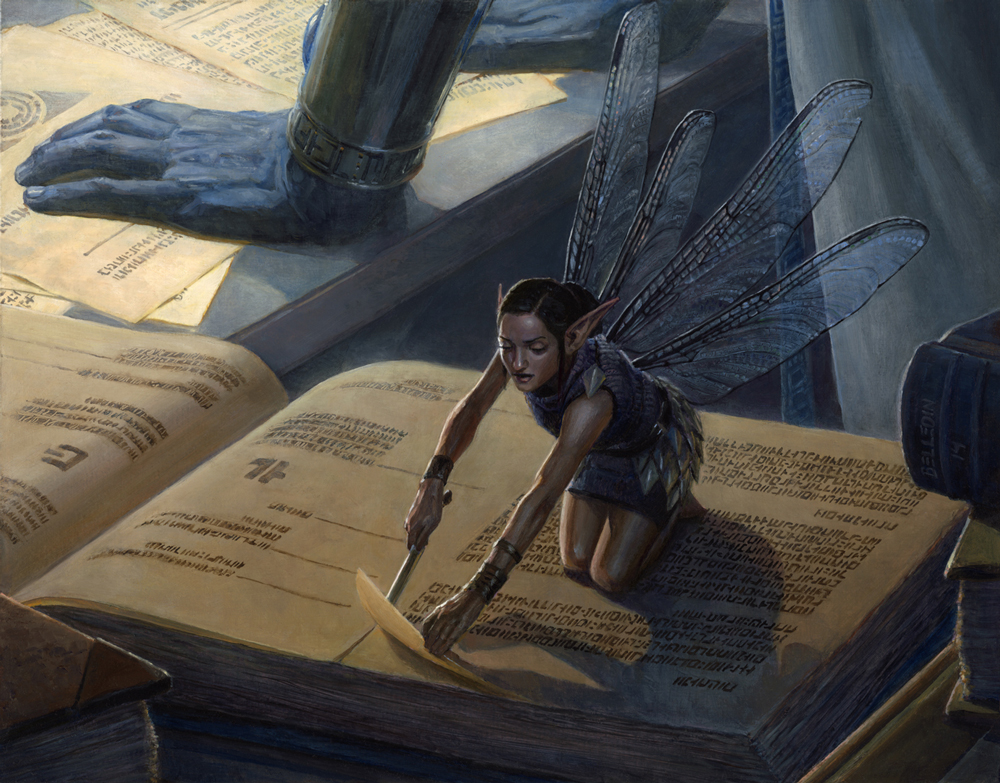


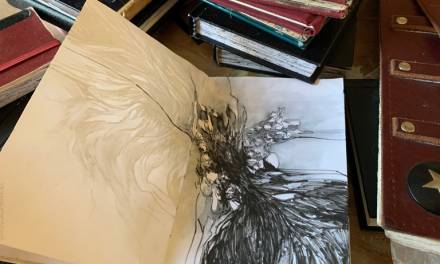

Thanks for the advice Steven, and for all the posts you’ve contributed over the years. I’ve gotten a lot out of all of your entries breaking down your working process for different illustrations. It’s really helpful to get a candid step by step record of someone’s decision making like you provide in those.
I’ve learned a lot of specific lessons from reading your posts, but I think the most valuable takeaway for me has been seeing that struggle and uncertainty are present even when illustrating at a very high level- and that that’s okay! Technical mastery is important, but you also need to be able to trust yourself to problem solve and figure things out as you go. It’s not really feasible to anticipate and hone every skill required ahead of time for each illustration that comes your way. But you can meet those challenges as they come while also adding to your toolbox of skills for the future.
Thanks again for contributing your time and insights here over the years!
Exactly. Also, thank you for writing this, it means a lot to me. Your takeaway is one of the most important things I have tried to convey throughout my tenure here and on my own blog before that. There are days where time flies by and things flow out of my brush or pencil surprisingly effortlessly. And every other day is a struggle in an attempt to have another one of those days. It is easy to fall into the trap of believing that because one struggles that they are bad at a thing. It’s also easy to beat yourself up because of that presumption. I know I did.
Thank you and everyone else who read this for doing so. It really has been a pleasure.
Excellent advice, Steve! And our doors are always open to you.
Thank you Dan. I had hoped to post an interview this month that would have been very meaningful to me as it’s with one of my heroes. I really do want to follow through on it and post it as soon as I can pin the subject down. If I had a lot more time, I’d do a lot more interviews. But they’re among the more time-consuming things I ever did. Audio, it turns out, isn’t a good idea as I stammer A LOT and am annoying to listen to.
I’m babbling. Anyway, thank you for the opportunity and I promise not to be a stranger.
Good stuff Steven. And lovely art as well!
Thank you, Paul. Most appreciated!
Thank you for all the posts, Steven! I very much echo Erik’s thoughts and wish you all the best with the time and whatever else things look like for you. For what it’s worth, in my own modest amount of experience, I think “keep doing it,” is solid advice…though perhaps not very sexy.
All the best to your niece too!
Thank you for this. Hopefully I’ll be back before too long.
Spot on, Steve! Keep on cranking!
Thanks, George! You were one of the champions of keep cranking. You were also one of the opportunities I feel I didn’t make the most of. If I could do it all over again…
I really appreciate your articles Steven! It’s refreshing to see someone with such a different process compared to the other contributors here, and I’m sure I speak for us all when I say we appreciate your honesty and frankness.
Thanks! I definitely am all about demystifying what some folks go through when making their work. I feel like I’m always struggling on some level. But it’s still weirdly enjoyable.
I’ve always really enjoyed reading your articles and seeing the process behind making great images. It has been very encouraging when I feel like I’m flying by the seat of my pants or have no idea what I’m doing with an image, and you show what persistence does, and what kinds of things you do when stuck. It’s been incredibly useful. Thanks for sharing your experiences with us.